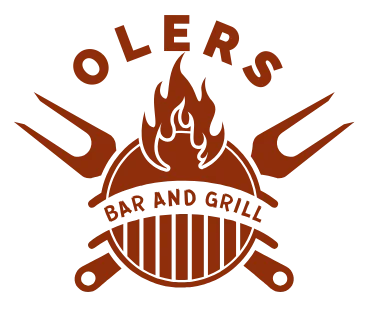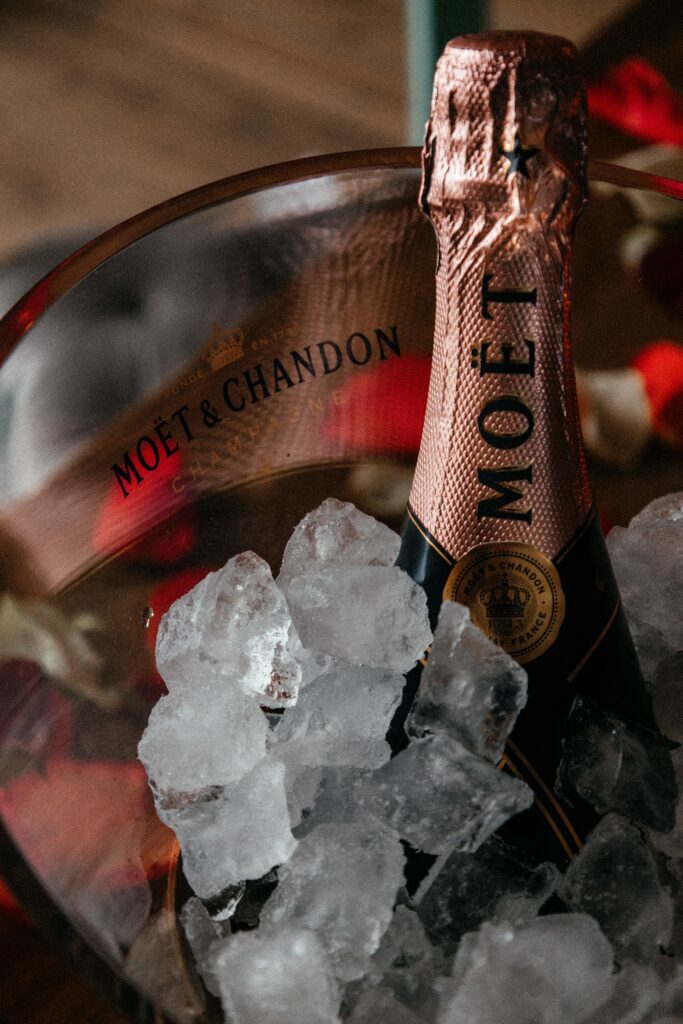Welcome to the ultimate guide on ‘How to Properly Store Champagne.’ Champagne, synonymous with celebrations and special occasions, deserves to be stored with care to ensure its optimal flavor and fizz. In this article, we will delve into the proper techniques for storing champagne, whether it’s for the short-term or long-term. So, let’s embark on this journey to safeguard the sparkle in every bottle.
Short-term Storage
When it comes to short-term storage of champagne, there are a few key considerations to keep in mind. First and foremost, it is important to store the champagne upright. Unlike still wines, champagne contains carbon dioxide, which creates the delightful fizz we all love. Storing the bottle upright helps to minimize contact between the wine and the cork, preventing the buildup of excessive pressure that could lead to the cork popping prematurely.
Another factor to consider is the storage temperature. Room temperature is generally suitable for short-term storage, but it is essential to keep the champagne away from direct sunlight and sources of heat. Exposure to heat can accelerate the aging process and compromise the quality of the wine.
If you prefer your champagne chilled, you can store it in the fridge for a few days. However, it is crucial to note that champagne should not be kept in the refrigerator for an extended period. The low humidity levels in the fridge can dry out the cork, potentially allowing air to enter the bottle and spoil the wine.
The ideal temperature for short-term storage is between 8-10ºC in the refrigerator. This temperature range maintains the freshness and preserves the delicate flavors of the champagne without subjecting it to excessive cold or warmth.
Long-term Storage
For those looking to store champagne for longer periods, such as for special occasions or to allow the wine to age gracefully, it is essential to create the optimal storage conditions. A cool, dark, and humid environment is key to maintaining the quality of champagne over an extended period.
The conditions found in champagne cellars are an excellent guide for long-term storage. Champagne houses carefully control the temperature and humidity levels to ensure the wines mature slowly and develop complex flavors. Ideally, long-term storage should be at a constant low ambient temperature of 10-13ºC.
To facilitate the aging process, champagne bottles should be stored sideways. This position helps to keep the cork moist, preventing it from drying out and potentially allowing air to enter the bottle. Storing the bottles horizontally also helps to minimize any potential disturbance to the sediment that may have formed during aging.
Opened Champagne Storage
Once a bottle of champagne has been opened, it is essential to take steps to retain its fizz and freshness for as long as possible. The key to preserving the bubbles is to keep the champagne cold. Lower temperatures help to slow down the carbonation process, extending the lifespan of the bubbles.
If you don’t plan to finish the bottle right away, you can place it in a wine cooler or bucket filled with ice and water. This will help to maintain a constant cold temperature and keep the champagne chilled for a few hours.
Alternatively, you can use a champagne stopper or airtight closure to seal the bottle and place it in the refrigerator. This way, you can enjoy the remaining champagne over the next 1-2 days while still enjoying the effervescence and flavors.
Properly Stored Unopened Champagne
When properly stored, unopened champagne can last for several years, allowing you to save it for that special occasion or for future celebrations. The potential lifespan of champagne is influenced by various factors, including the specific champagne, storage conditions, and the cork’s quality.
Champagne houses typically recommend consuming non-vintage champagne within 2-3 years of purchase and vintage champagne within 5-10 years. However, it is essential to remember that these are just guidelines, and individual bottles may vary.
Factors such as temperature, humidity levels, and light exposure can significantly impact the lifespan of champagne. It is crucial to store unopened bottles in a cool, dark, and relatively humid environment to maximize their longevity. By following these storage guidelines, you can ensure that your champagne is ready to be enjoyed whenever the time is right.
Signs of Spoiled Champagne
Knowing the signs of spoiled champagne is essential to avoid consuming a bottle that has gone bad. While champagne is known for its elegance and complexity, these characteristics can quickly deteriorate when the wine has spoiled. Here are some common signs to watch out for:
Strange Odors
Spoiled champagne may emit unpleasant odors, such as a musty or moldy smell. If the wine smells off or different from its usual aroma, it could be an indication of spoilage.
Color Changes
Healthy champagne typically boasts a vibrant golden hue. However, if you notice significant color changes, such as a brownish tint, it could be a sign that the wine has oxidized and is no longer suitable for consumption.
Sour and Flat Taste
Spoiled champagne often has a sour or vinegar-like taste. Additionally, the wine may appear flat, lacking the characteristic effervescence and vibrancy that champagne is known for.
Chunky Appearance
If you observe small particles or chunks floating in the champagne, it is a definite sign that something is amiss. These particles could indicate the presence of sediment or microbial growth, rendering the wine undesirable.
Dry or Moldy Cork
Lastly, the condition of the cork can offer valuable insights into the state of the champagne. A dry or moldy cork suggests that air has likely entered the bottle, leading to spoilage. If the cork shows signs of significant deterioration, it is best to avoid consuming the champagne.
Flat Champagne
Flat champagne refers to a bottle of champagne that has lost its carbonation and no longer produces bubbles. While it may not offer the same level of enjoyment as a fully effervescent glass, flat champagne is generally safe to drink.
The loss of carbonation can occur due to various factors. Improper storage, exposure to high temperatures, or even accidental shaking of the bottle can cause the carbon dioxide to dissipate. However, it is important to note that flat champagne can taste dull and lack the refreshing qualities typically associated with sparkling wines.
If you find yourself with a bottle of flat champagne, you can still enjoy it as a still wine. The flavors and nuances of the champagne will still be present, allowing you to appreciate its unique characteristics in a different way.
Ageing Champagne
While champagne is often associated with celebration and immediate enjoyment, it can also benefit from aging. As champagne ages, its flavors tend to become richer and more complex, offering a different experience compared to young, fresh champagne.
However, unlike some still wines, champagne generally does not continue to improve with age indefinitely. The aging process for champagne is carefully managed by the winemakers, often through the blending of different vintages and the use of reserve wines. This meticulous craftsmanship ensures that the champagne is ready to be enjoyed upon release.
If you choose to age champagne, it is important to keep in mind that not all bottles are suitable for long-term aging. Non-vintage champagnes, which are made from a blend of different years, are typically intended for immediate enjoyment. Vintage champagnes, on the other hand, have the potential to develop in complexity and character over time.
In conclusion, proper storage of champagne is essential to ensure its quality and enjoyment. Whether it is short-term storage to maintain its freshness or long-term storage to appreciate its aged characteristics, following the recommended guidelines will allow you to savor the unique flavors and effervescence of this beloved sparkling wine. So raise a glass of properly stored champagne and toast to the joyous moments in life!





